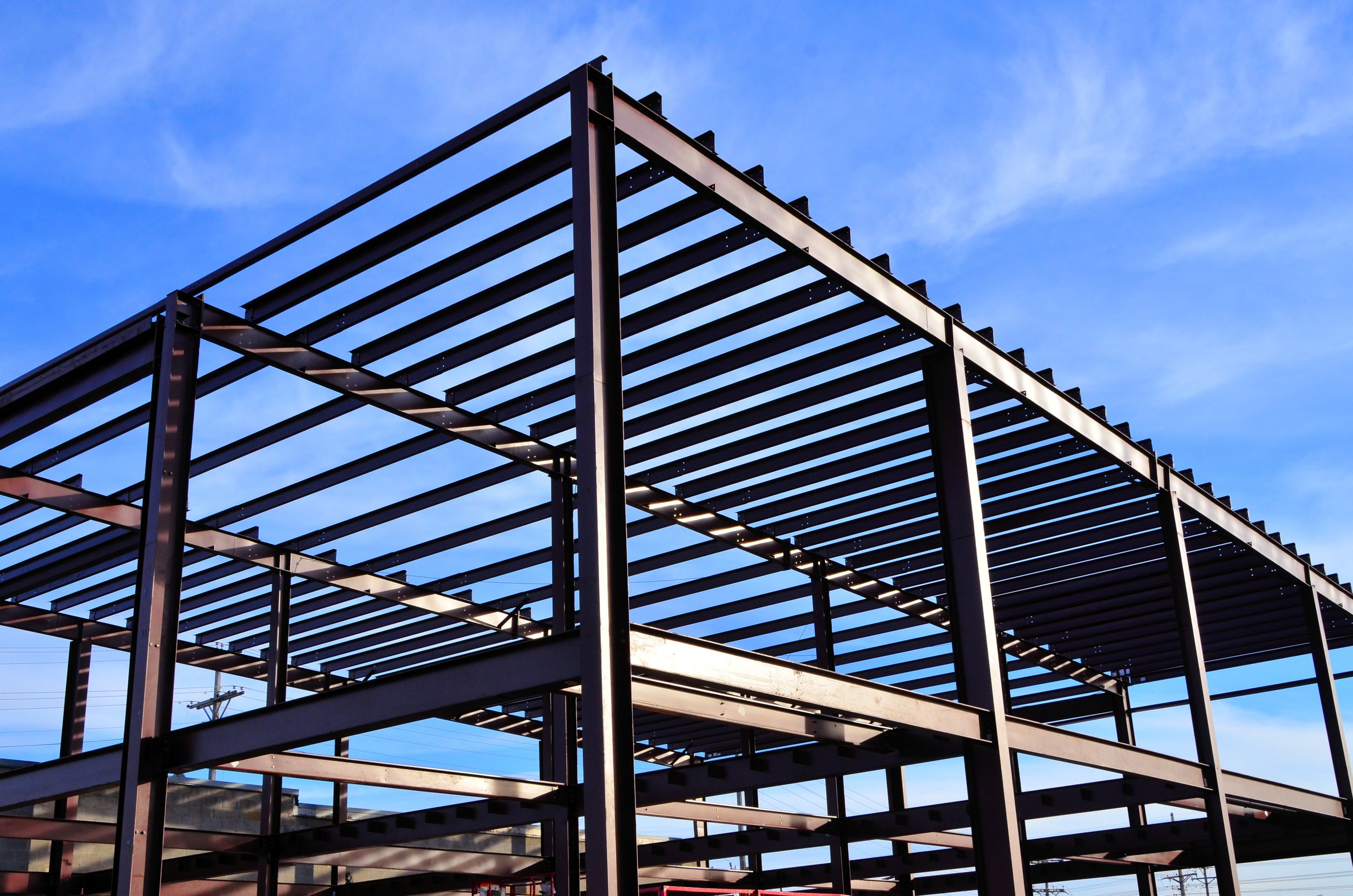Understanding the Foundation Differences: Red Iron Structures vs. Aluminum Structures
When it comes to constructing buildings, the choice of materials plays a crucial role in determining various aspects of the structure, including its foundation. Two popular materials in the construction industry are red iron (typically referring to structural steel) and aluminum. Each of these materials comes with its own set of characteristics that influence foundation design and implementation. In this blog, we’ll explore the key differences in foundation requirements for red iron structures versus aluminum structure
1. Material Properties
Red Iron (Structural Steel):
Red iron, or structural steel, is known for its high tensile strength and durability. It is capable of supporting heavy loads and is often used for larger industrial and commercial buildings. Its weight requires a robust foundation to bear the load effectively.
Aluminum:
Aluminum, on the other hand, is significantly lighter than steel. Although it has excellent corrosion resistance and is strong for its weight, it is not typically used for heavy load-bearing structures. This lighter weight allows for less intensive foundation requirements compared to red iron.
2. Load-Bearing Capacity
When designing a foundation, load-bearing capacity is a primary consideration.
Red Iron Structures:
Due to the substantial weight of red iron structures, the foundation must be designed to accommodate higher loads. This often involves deeper footings, reinforced concrete, and extensive soil analysis to ensure stability and prevent settling.
Aluminum Structures:
Aluminum structures, being lighter, require less substantial foundations. The load-bearing capacity is lower, which means that shallow footings or even slab foundations may suffice. This can result in reduced excavation and construction costs.
3. Foundation Design Considerations
Soil Type and Conditions:
Both aluminum and red iron structures require careful consideration of soil type and conditions. However, red iron structures may necessitate more rigorous soil testing and potential enhancements to the foundation, such as pilings or grade beams, to ensure adequate support.
Water Table and Drainage:
The foundation for red iron structures may need to account for potential water table issues, especially if the site is prone to flooding. Proper drainage systems must be implemented to prevent water accumulation and ensure the integrity of the foundation. For aluminum structures, while water management is still important, the lighter load may reduce the risk of water-related issues affecting stability.
4. Construction Time and Cost
Red Iron Foundations:
Building a foundation for red iron structures typically involves more materials and labor, leading to longer construction times and higher costs. The complexity of the foundation design often necessitates greater time for planning and execution.
Aluminum Foundations:
In contrast, the foundation for aluminum structures is generally simpler, leading to quicker installation times and lower costs. The reduced need for heavy machinery and extensive materials can make aluminum a more economical choice in certain scenarios.
Conclusion:
In summary, the choice between red iron and aluminum structures significantly influences foundation design and construction. Red iron structures require robust, deep foundations to support their weight, while aluminum structures can utilize lighter, shallower foundations. Understanding these differences helps architects, engineers, and builders make informed decisions that align with project goals, budget considerations, and site-specific factors.
When planning your next construction project, carefully assess the benefits and challenges of each material, including their foundation requirements, to ensure a successful and sustainable build.

